No doubt! Zaiga Gaile with a project at the Wagner Theater in Riga participates in the exhibition in Venice / Day
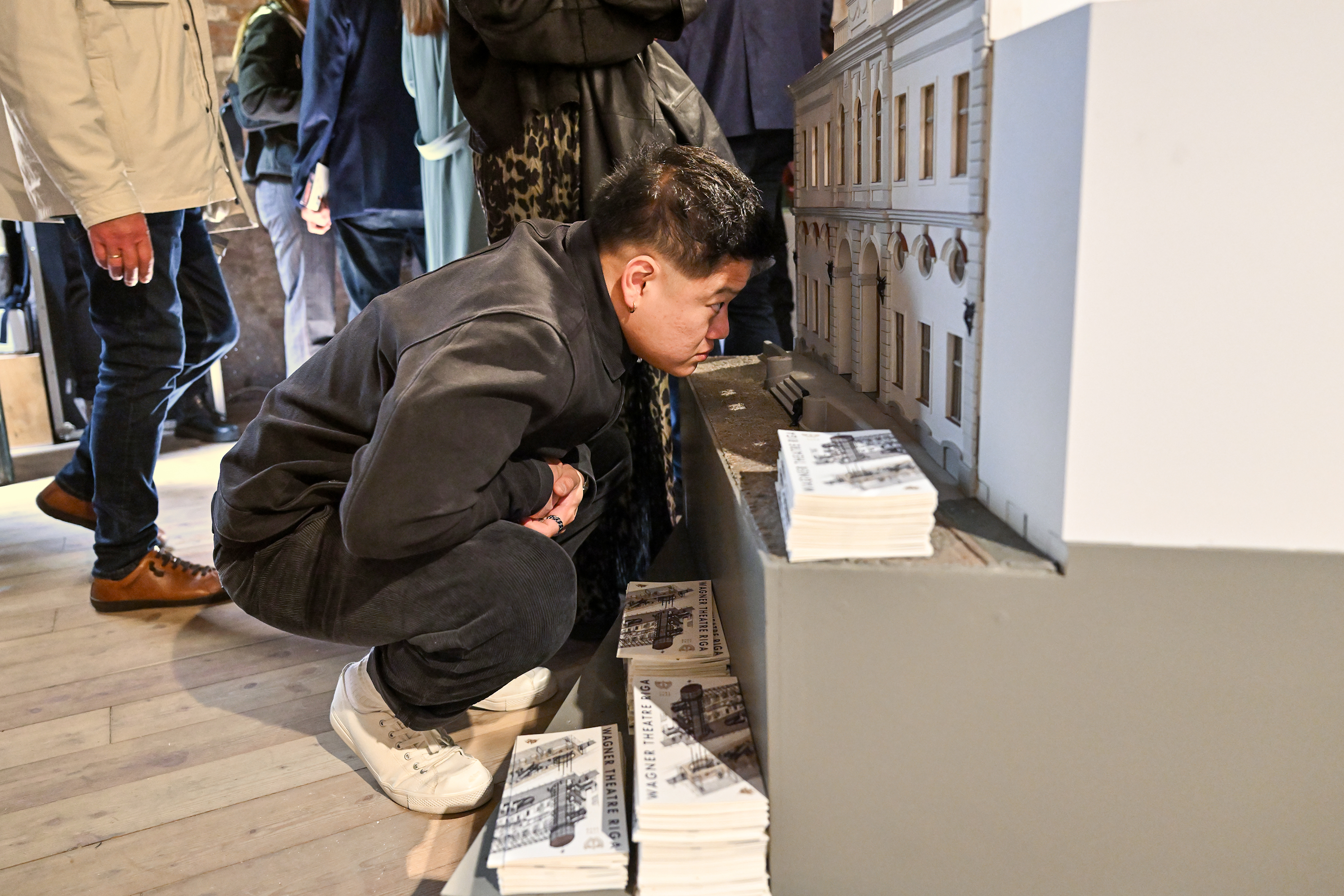
Thursday, May 22, at 16, celebrating Richard Wagner’s 212 birthday, will feature the Latvian National Opera and Ballet Orchestra Mežragi at the Wagner Theater in Old Riga. Meanwhile, the Wagner Theater project of the architect Zaiga Gaile’s office in Riga participates in the 19th satellite exhibition of Venice Architecture Biennale in Kontarini-Poliņak Castle/Palazzo Contarini-Polignacin which the gallery is running Magazzino. The exhibition created by New York Curator Vladimir Belogolovsky was opened on May 8 There is no doubt about that/From doublet about it, which will be on display until November 23.
Alongside Zaiga Gaile, the exhibition in Venice is attended by Georgian architect Nicoloz Lekveishvili with a residential quarter Tbilisi, in which the traditional porch appears as an integral part of living space, Polish architect Robert Konečnyi exhibits the center of Shchecin’s dialogue Przełomy – Underground museum, Armenian architects Ashot and Armin Snhchyan introduces the Museum of Modern Art in Yerevan, German architect Sergei Choban – with the Waldorf School Festival Hall in Magdeburg, while Chinese architect Jinfan Jean and Siajajujunu demonstrate how the former transformer plant the park. These forms of architectural solutions are common to the landmarks and ethical values of society. The contemporary function is strengthened by the spirit of space and historical memory.
The visualized timeline
Zaiga Gaile is compared to plastic surgery in ancient and new combination: « Everything is determined by the architect’s intuition and taste. A successful connection creates a new quality of architecture. » Curator Vladimir Belogolovsky opened Zaiga Gaili at the World Architecture Festival Highly Commended Singapore in 2024. At that time, the architect was invited to perform at a conference with the story of the New Riga Theater reconstruction, which received the special recognition of the international jury. Even now, the offer of architect in Venice is difficult. As they say, the walls help and the soil is also prepared. The Early Renaissance in the spirit of Kontarini, which reflects in the waters of the Great Canal, was viewed in 1900 by French composer Prince Edmon De Polyak, and his wife, Vinareta de Polinak, a sewing machine Aizek Singer’s daughter and heir. The Happy Financial and Status Alliance was united by a passionate love for Richard Wagner. The castle is still stored in both the portrait of Richard Wagner (1892), painted by Belgian Henri de Gru pastel, and sofas from Vendramin-Kalerdi Castle, where Wagner died in 1883.
The viewer at the Riga Wagner Theater Last Exhibition in Venice. Photo – Zoltan Bodo
It looks like the music God himself had wanted sketches drawn by architect Zaiga Gaile, a mock -up of the Riga Wagner Theater, a visualized timeline and a sailing sailor. Thetis The model would find a place right here – in the ballroom or Piano Nobibe, As the Italians say.
Rienci uverture force
In the course of theater, exposed layers and newly discovered details have made adjustments to previous notions of Aluksne Manor owner Baron Oto Herman von Fittinghof’s private theater Comedy house/Com yet-haus, which, according to architect Christopher Haberland, was built in 1782 in the Great King (now Richard Wagner) Street. In 1815, the heirs of Fittinghof sold the theater building to the Muses Society of Riga Patritians.
As the owners change, the original Comedy house The Riga came up with the Riga City Theater/Stadt-theter. It operated until 1863, when the first (German) Theater (now the Latvian National Opera) was opened. The Muses Society, on the other hand, ceased to exist in 1940, when the German -Baltic people were massively repatriated to the historic homeland. For the next fifty years, the academic library was living in the house. Thanks to the mathematician and Riga researcher Janis Strauberg, a collection of books of the destroyed Town Hall came.
Today, the historic interior of the Riga City Theater, which from August 1837 to July 1839, worked as a chaplain, the accurate testimony of the hallway with fixed proscenia, orchestra and spectator sites. It causes an idea of the proportions of the Baroque theater.
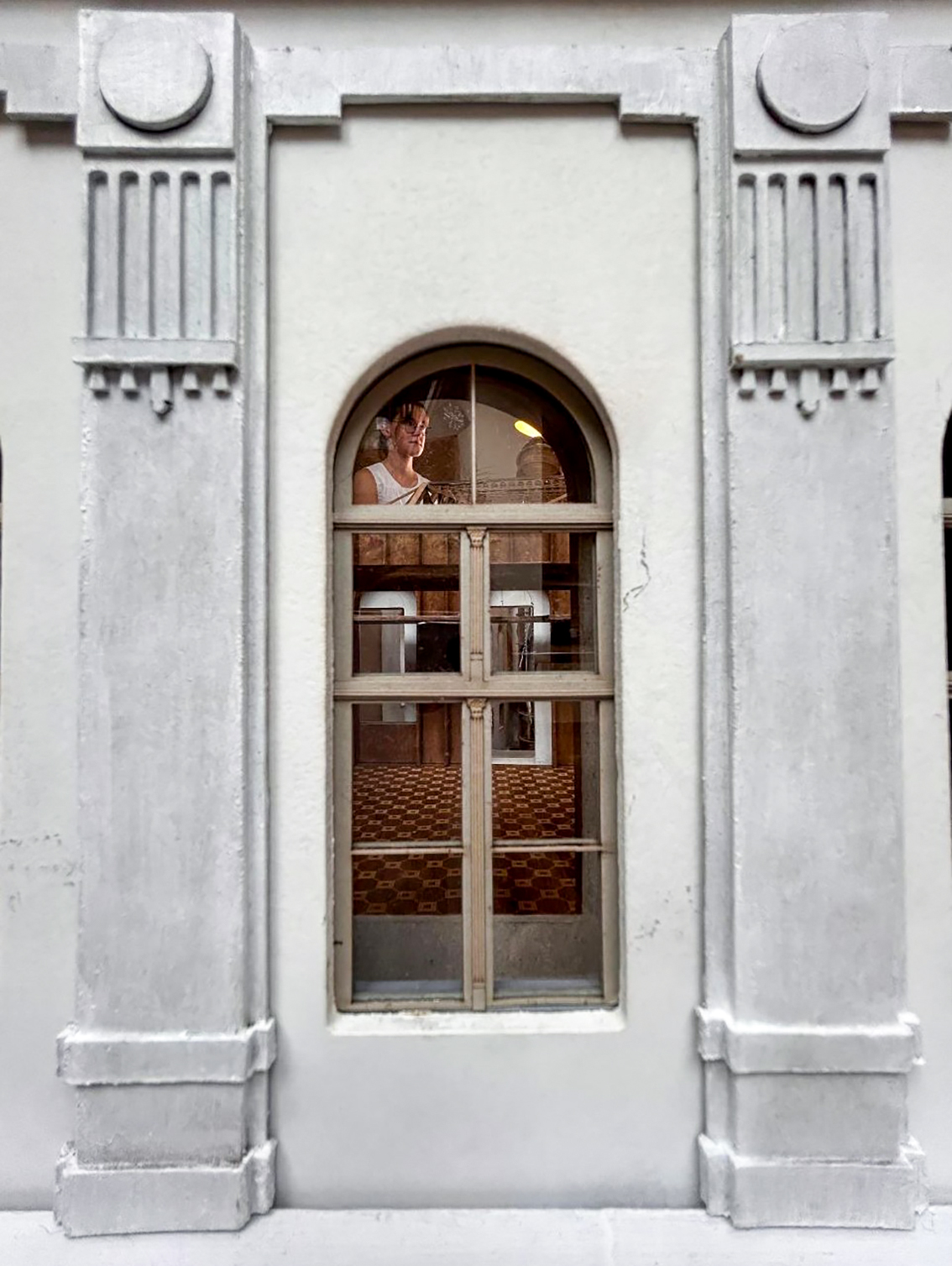
What to do with a plan? In January 2015, businessman and developer Maris Gailis, together with his associates, founded the Riga Richard Wagner Society, who decided to renovate the theater. The turning point became the year 2017, when Eva Wagner-Paskier, a granddaughter of the former Bayreit Festival’s artistic fellow Wagner, agreed to become the first patroness of the project. Later, she was joined by Latvian President Egils Levits and German President Frank Walter Steinmeier. In the year 2020, the project team’s team in the Bundestag presented a theater layout brought to a black suit. When it was opened, Wagner Opera sounded Rienci Uverture. Music thawed the Hearts of Germans. The project received funding of EUR 5.2 million. The Latvian Investment and Development Agency provided fifteen million euros. After receiving the building permit in 2024, the reconstruction of the Wagner Theater began.
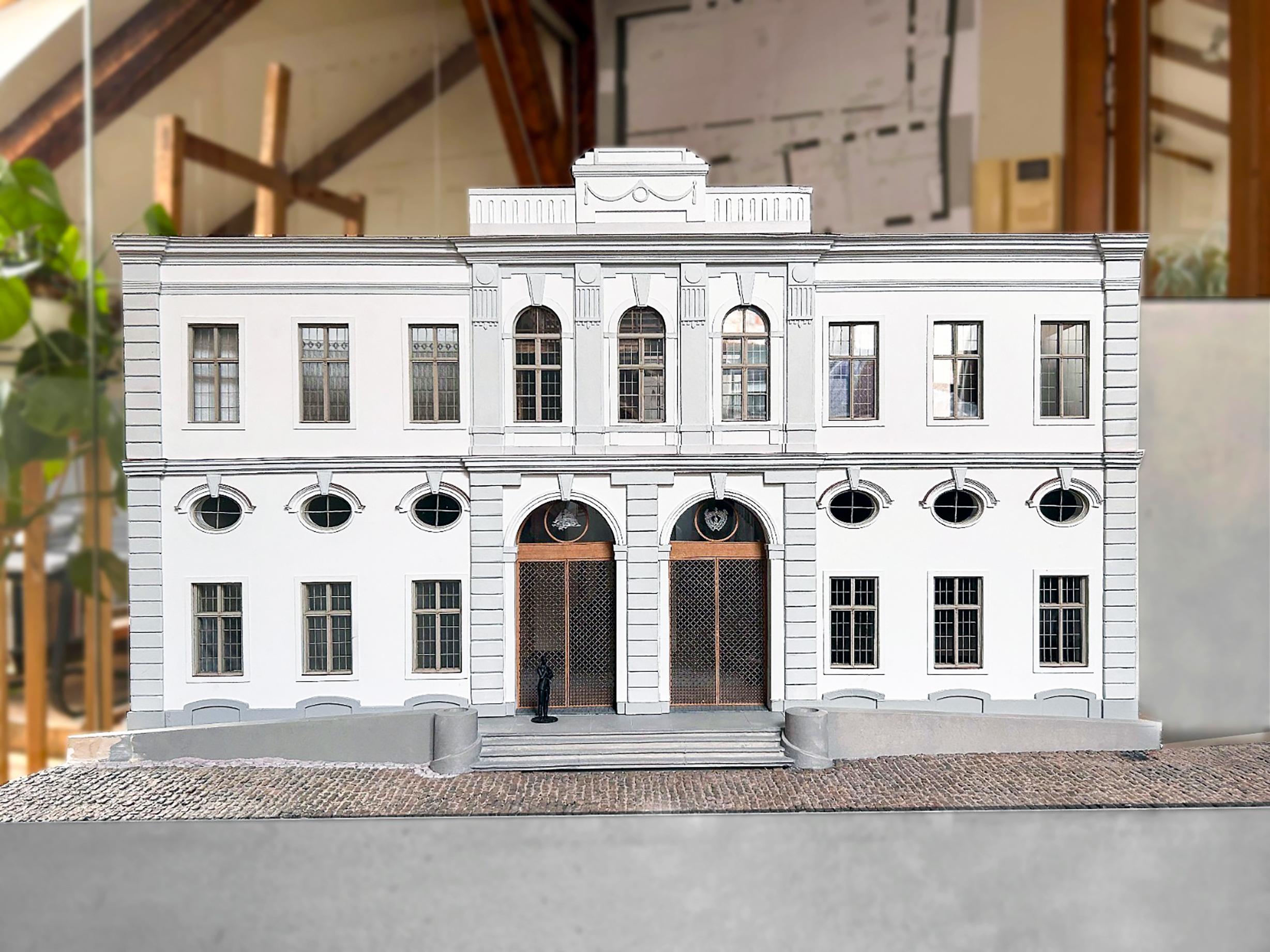
A unit of all art
In Riga, Richard Wagner arrived at the age of 24. In their memoirs My Life/Mein Leben He writes, « At the beginning, when the marriage happiness, which was so severely destroyed in the first days of its existence, I felt obviously better in my creative activity than before. The stable financial basis of this theater company was healthy. I was strictly limited, but I was successful in introducing significant reinforcements (orchestra) in fact, which was actually for a string party, which had no more than two first and two second violins, two alti and one double bass, thus calling Holdy (Karl von Holtei.
Wagner had no absolute hearing, says British neurologist Oliver Sax Musicophilia. As a conductor, it was in Riga that Wagner revealed the possibilities of the orchestra pit, the sound effect modeling and reinforcement tool. He saw that only the stage was illuminated during the show, leaving the audience in the dark. This was not determined by a frugality – the city cream had enough candle – but the Republican Spirit of the Hanseatic Patricia. In court theaters, high -born individuals also used to perform, but equally important was the opportunity for the elite viewer to demonstrate themselves. Everyone wanted to be visible. However, in Riga, due to the lack of the aristocratic layer, the eyes naturally turned to the musically dramatic event.
For the first time in Riga, Wagner stood with his face against the orchestra and his back against the spectators. It was something new. It was in Riga that he had impulses to the idea that the exposure to the opera’s expression should serve as the audience. Orchestra pit and light use became a transfer idea focused on Wagner’s proponated Gesamtkunstwerk – All art unit. Before the Bayreit Theater was built in 1873, Wagner wrote about the viewer: « He is in the real » theatron « , namely, in a room just for watching and watching there. The image becomes inaccessible as a dream vision, while music that sounds ghostly from the « mystical abyss », like the vapors that rise from the premiere of Saint Gaia’s primordial lap under the wicker seat, causes him inspired clairvoyance. Thanks to the sense of distance, the sounds of the spotlight obtained the unspeakable fascination that the composer so strive.
Gold ear
In Riga, Richard Wagner wrote a libretto and began composing his third opera Rienci, the last tribun (1842). It was in Riga that he was born as an opera reformer. While dramatizing music, he tried to level the transition from one singing to another, from voice to the instrument, giving the orchestration a guided character. He secured the internal unity of the opera with important lieitors.
Wagner’s opera Wandering Dutchman (1843) Riga considers the legend of its city. The City Theater did not extend the contract with the composer for the next season, and Königsberg’s creditors were not in his demands, and Rihards Wagner, as a cathedral, without a passport with his wife Minna Planner and the rich Armitstedi -stolen Newfoundland Robert – this breed was selected to rescue drowning fishermen.
On July 9, 1839, Rihards Wagner, with his companions, climbed to the trade sailor in the port of Prussia in Pillava Thetis. The name of the immortal sea was given to some thirty ships. Māris Gailis in the Shipping Register Lloyd Having found that the schooner who sank after nine years was important to Wagnerian.
Instead of the estimated eight days, Wagner’s journey in the Baltic Sea pulled in until August 12, when the ship stopped in London. The unsafe schooner was pushed into a storm. In the fear of death, the composer learned from the seafarers a legend of the roaring Dutchman, the World Ocean Ahaswer, which is cursed for eternal wandering. Māris Gailis adds that the gold earring stuck in the sailor’s ear is the cost of a funeral – to have the sailor to bury the sailor in a baptized land.
Four years after the storm experienced in Dresden held opera Wandering Dutchman Premiere. It was conducted by the composer himself. The wandering Dutchman sailor’s prototype Thetis has become the emblem of the Riga Wagner Society. Thetis The model after a visit to Venice, hopefully in 2028, will take its place in the Riga Wagner Theater.
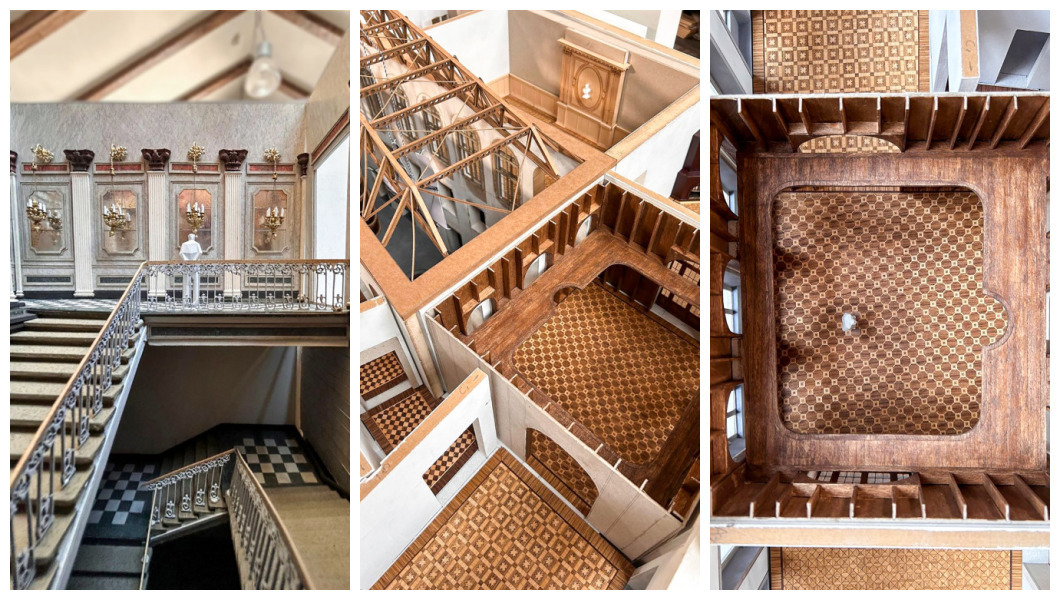
The reduced theater building will get a new hall with a partner, crawls and two balconies (375 spectators in total), chamber music with 300 seats and an authentic attic with a museum. The audience will be welcomed by the renovated doors, wooden panels, plaster decor, exposed wallpapers, restored chandeliers, mirrors, ovens and fireplaces, as well as metal parts and historic parquet, which once has minis Rihards Wagner.
PS funny, but the fact, when you unpack the theater layout, it turned out that the small peon of the sailing model, the Gentile, has disappeared. Happy who has gained!

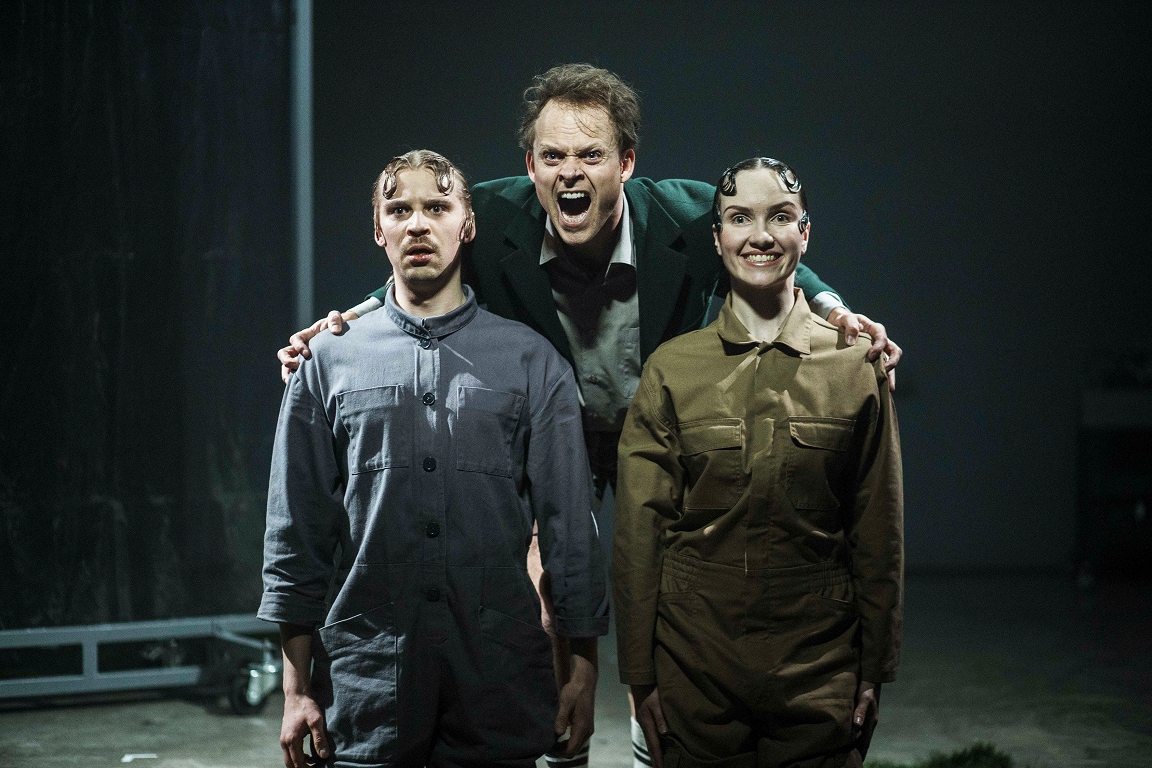

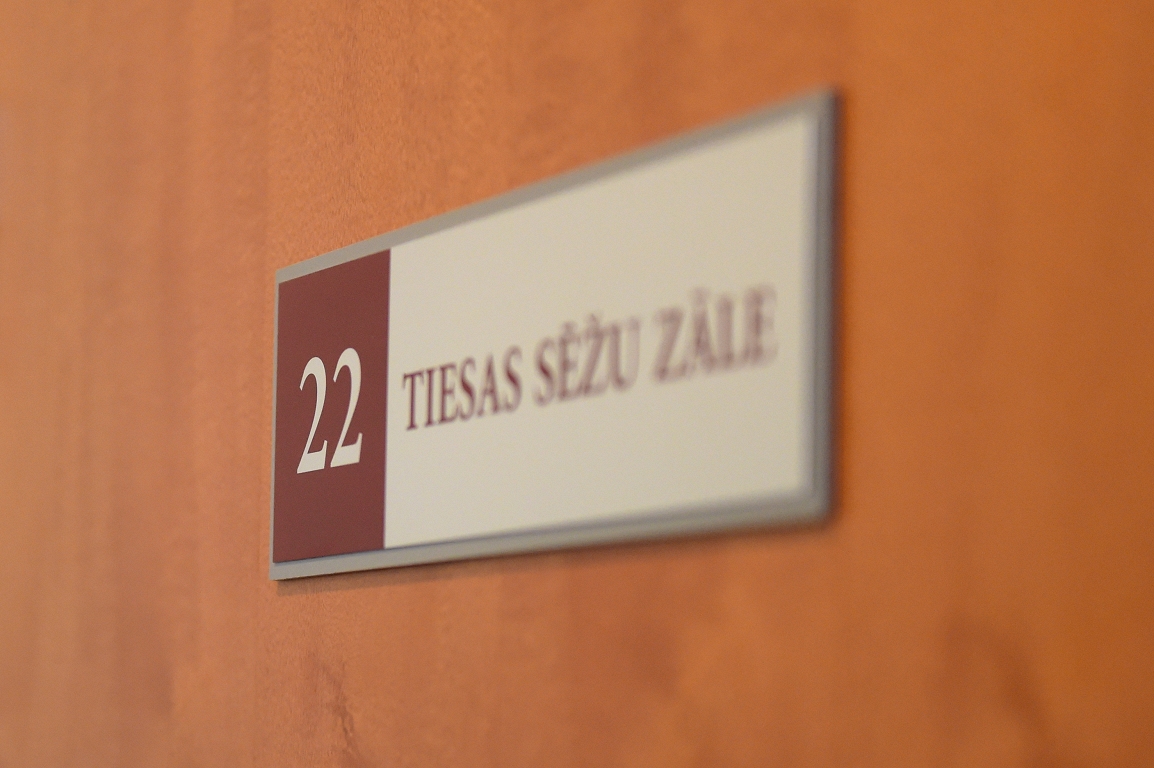

:format(webp)/s3/static.nrc.nl/bvhw/files/2023/11/data107544381-dc14af.jpg)